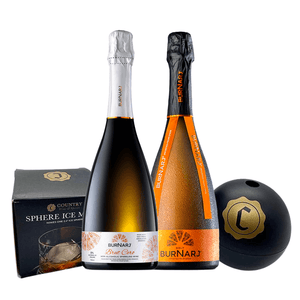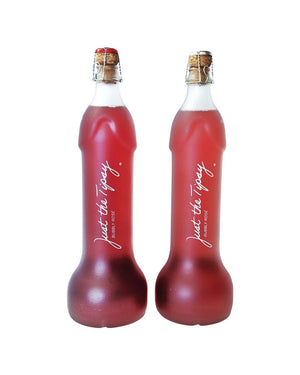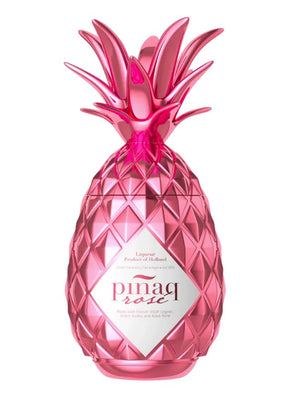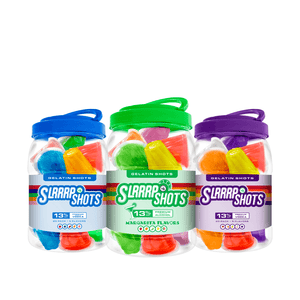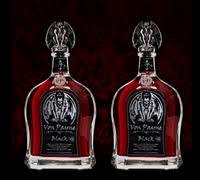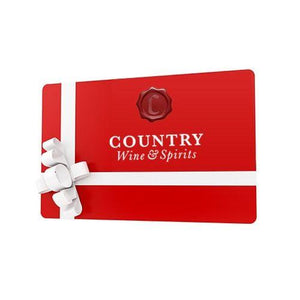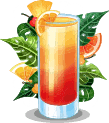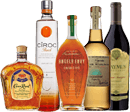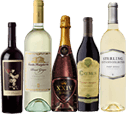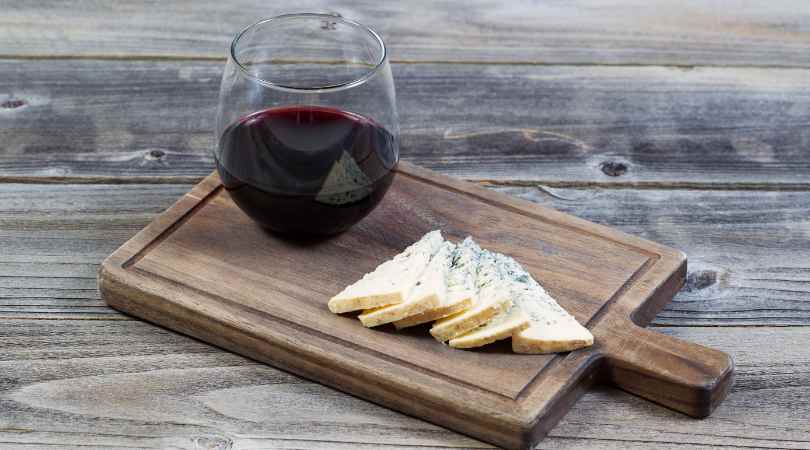Whether you are the biggest wine lover in the world or just an avid drinker, there are probably elements of the wine process that boggle your mind. There is so much said and fussed over when it comes to making wine. This can sometimes make it seem a bit pretentious and inaccessible, and we agree!
Wine is an interesting product for so many reasons. Firstly - it starts off as a grape and ends up as a luscious liquid that can get you drunk. It is confusing. The world of wine often uses specific terminology and determines certain wines at a wildly high price point that many people can’t make any sense of.
We are going to describe the process of how wine is made in this article. We will attempt to explain it as simply as possible so that anyone can relay this information at the end! We will try to explain certain processes, what along the process in a scientific way, and generally how wine travels from the vineyards to the bottle.
We will pay special attention to the aging process of wine and how this plays an essential part in the process. We will break down the benefits of the aging process and how a vintage wine will differ from an unaged bottle.
How Wine Is Made?
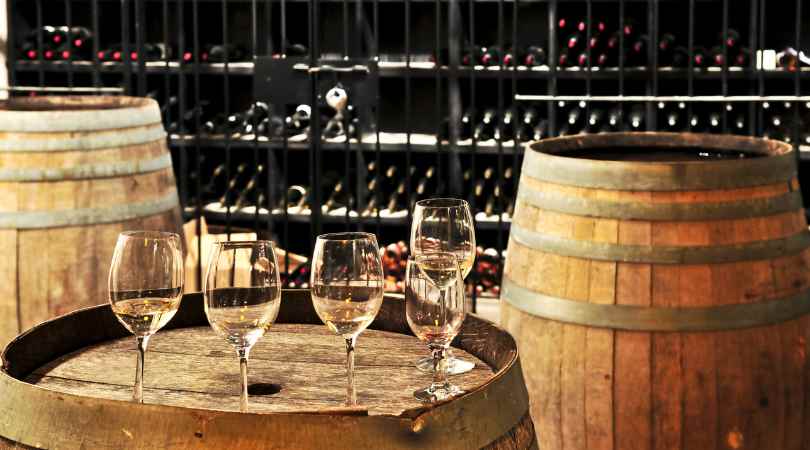
In short, wine is made by harvesting grapes and allowing them to ferment. During this stage yeast starts the fermentation process until alcohol is created. The wine is then pressed, and potentially filtered in many instances until the juice is extracted. A second fermentation process occurs at this stage too.
Many winemaking processes differ from one another and some have ancient techniques that date back for centuries! During the double fermentation process alcohol is formed, though it is at a rough state. The wine is often bitter and not as pleasantly smooth as the wine you are used to. The wine, at this stage, is prepared for aging.
How Wine is Bottled?

The bottling process is an essential prelude to the aging process. The cork and glass bottles are a perfect team in this way. As the wine ages, fumes and gases are produced in the aging process and the cork is able to take this pressure, expanding and changing shape as it needs to contain this energy. The cork (and now screw top system) allow for the perfect amount of oxygen to escape/enter.
The glass bottle allows for temperature to be regulated at optimal levels and allows for heat to escape much easier than metal. The cork must be perfectly tight as too much oxygen can spoil the wine.
What The Aging Process is Doing?
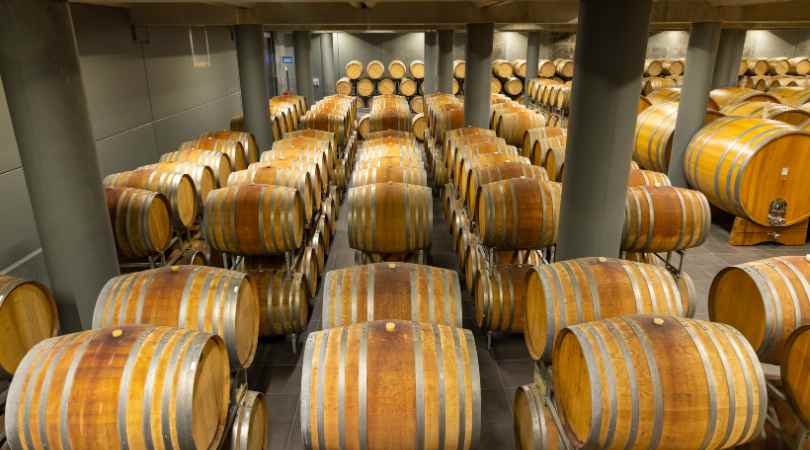
During the aging process, there are four main chemical reactions going on. Water and alcohol are providing the platform for these to occur. Water is the universal solvent that can help to dissolve all manner of things created in this process. The alcohol helps to preserve the wine and prevent it from going bad.
The first one is oxidation. Controlled oxidation happens slowly through the cork (or screw cap). Light oxygen interactions can help to soften tannins and help to aerate the liquid within, creating a developmental stage.
The next stage is the reduction process. A balanced level of reduction is vital. The reduction process helps to prevent excessive oxidization and concentrate the flavor of the wine, allowing it to become richer and less wispy in nature.
Polymerization is the next essential stage. This is probably the most important stage and the one you might have not heard of. Certain compounds in wine, over time, combine to create larger molecules. This essentially makes it a smoother, more cohesive, and more full-bodied drink.
Esterification is the process by which more fruity and floral aromas are produced in a bottle of wine. During aging, alcohols, acids, and other compounds combine to form esters. There is a balance that is created between the formation of esters and the other compounds in a wine that determines its complexity.
Why Wine is Aged?

Wine is essentially aged to make it a better drink. The general rule of thumb is that wine should spend around a year in the bottle before it is ready to drink. Beyond that, you will create a lovely, soft, rich, and delicious wine that can be saved for whatever occasion you want!
When wines have just been bottled, they can be described as young wines. Young wines can be described as light, wispy, harsh, and almost unpleasant. Wine is aged to bring out the best of it, and to allow it to develop and mature just like us humans have to!
We hope you have learned a bit about the aging process, and how important it is! The aging process is constantly being redefined and reimagined, with rules constantly being broken. The one thing that cannot be broken is the longstanding traditions that go into making some of the world's most beloved wines.
Also - Benefits of Drinking Red Wine beffore Bed
We have an incredible selection of vintage wines at our online liquor store. Browse through it today to find out more about some amazing bottles of wine.




